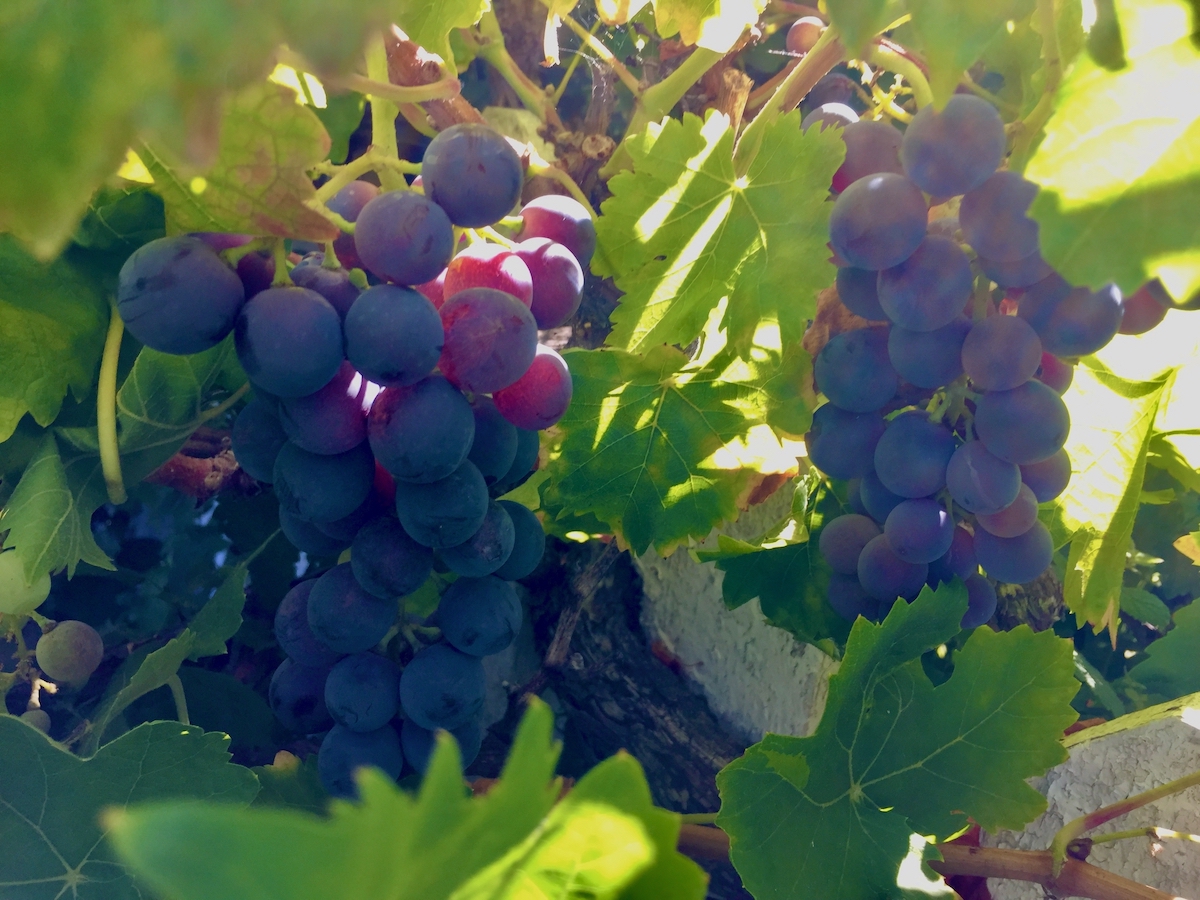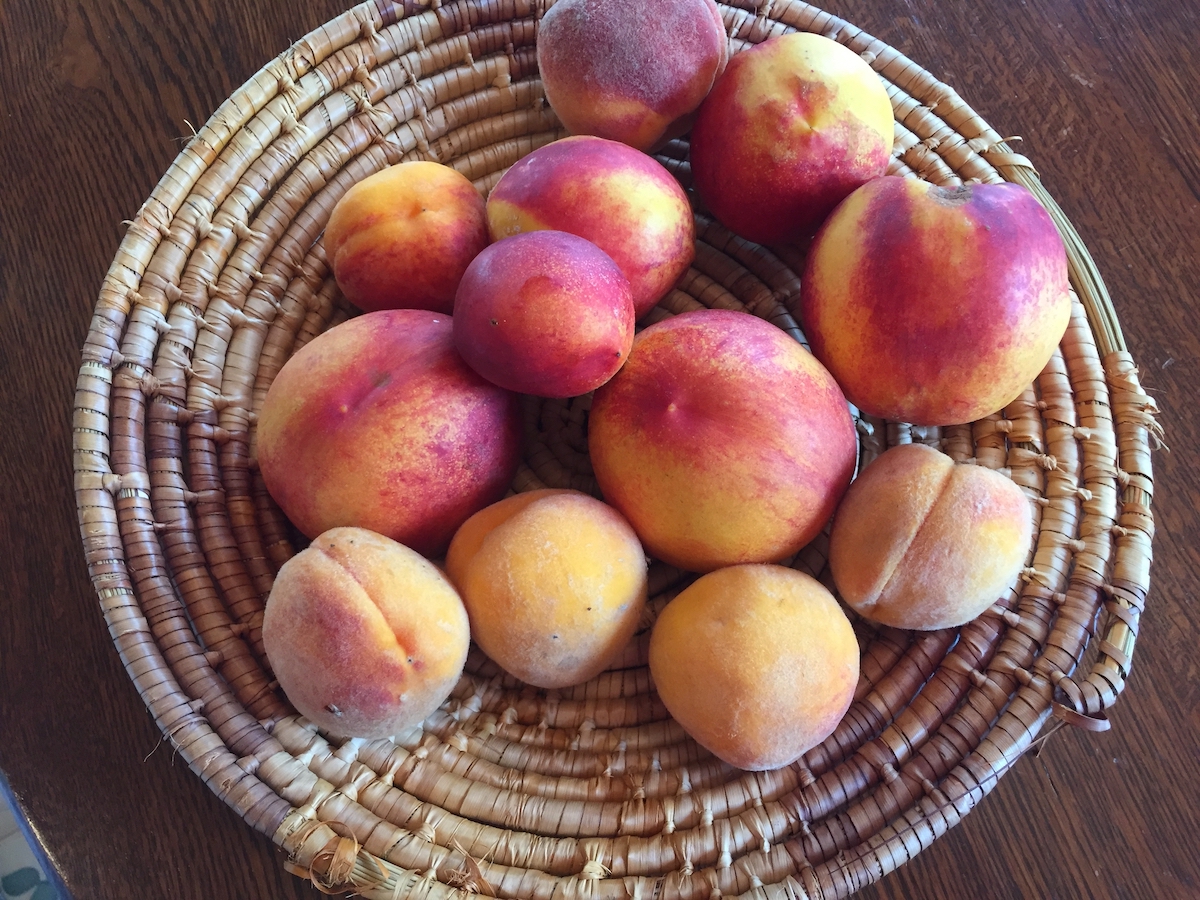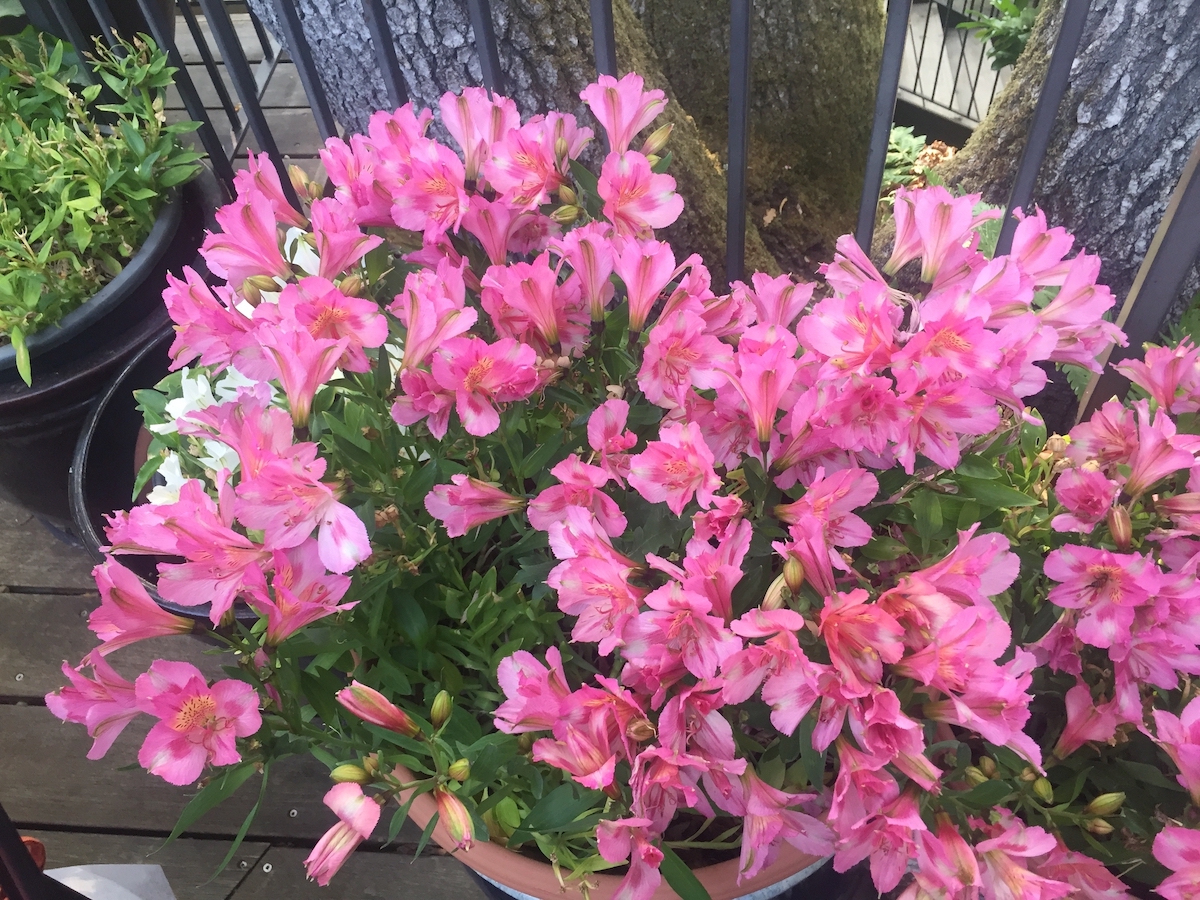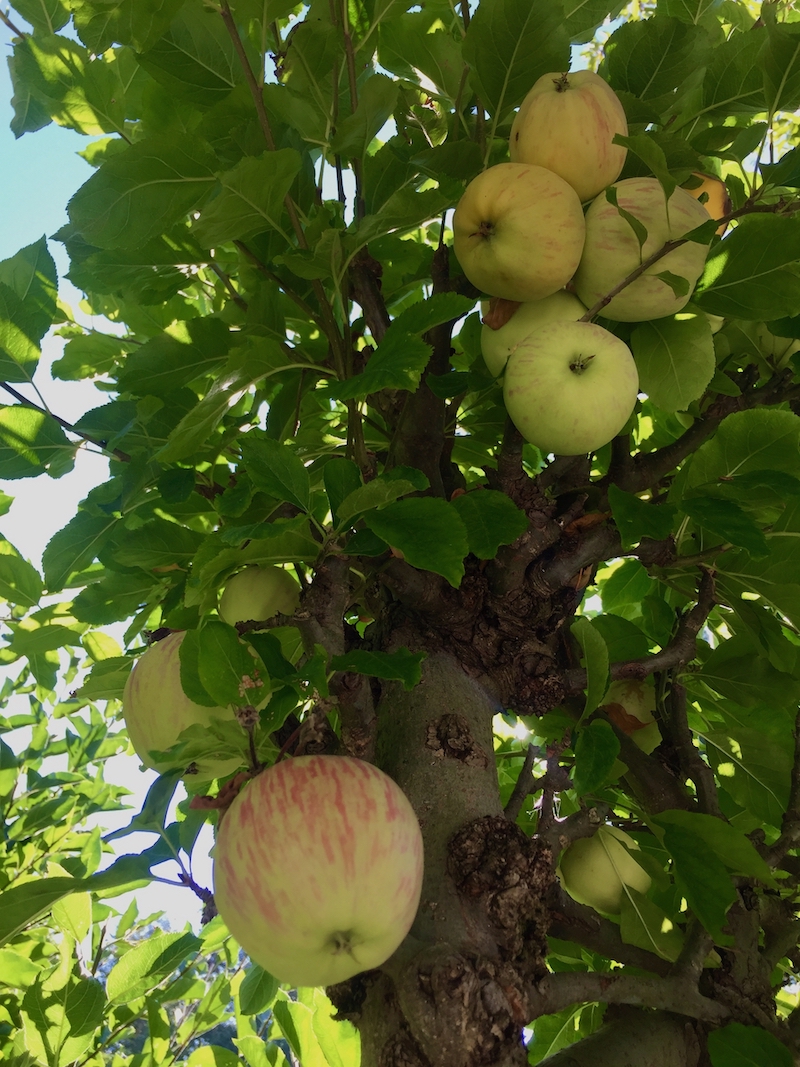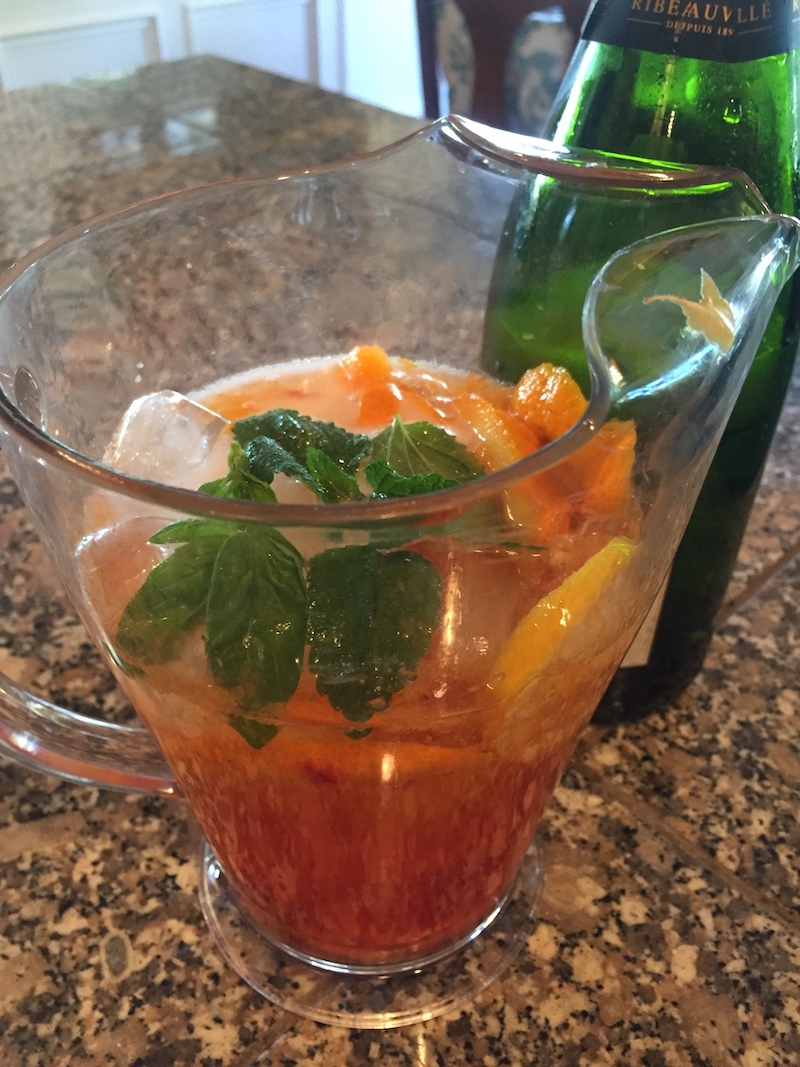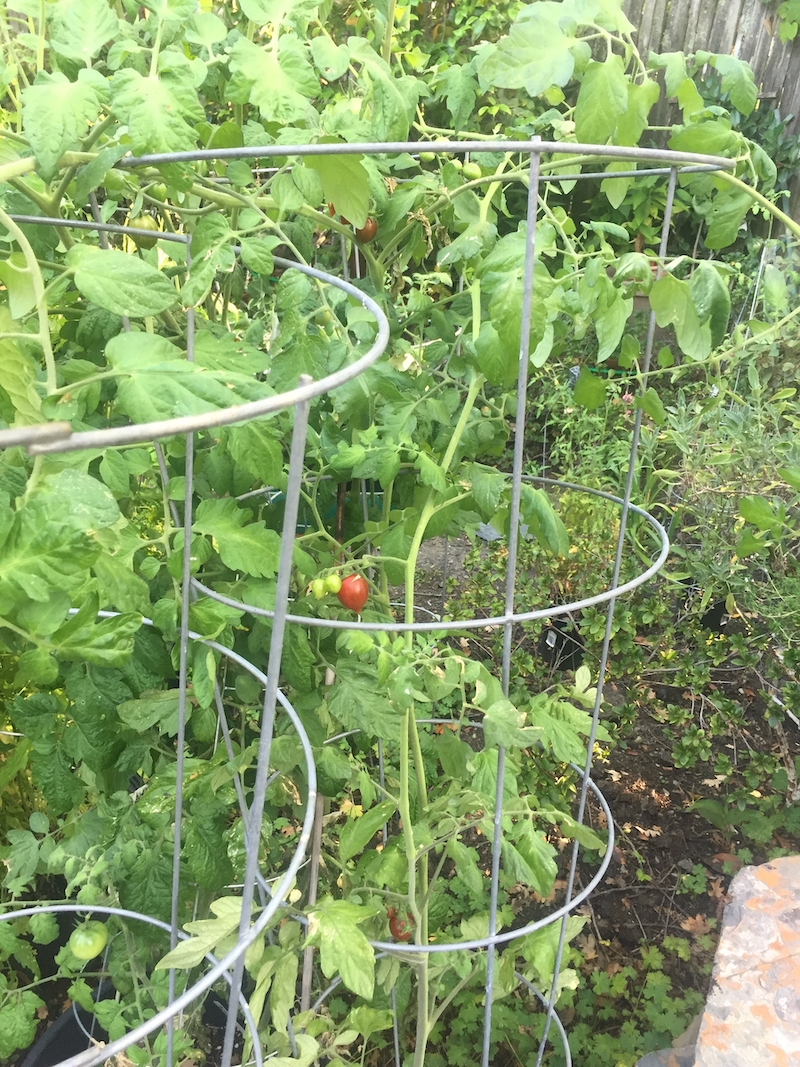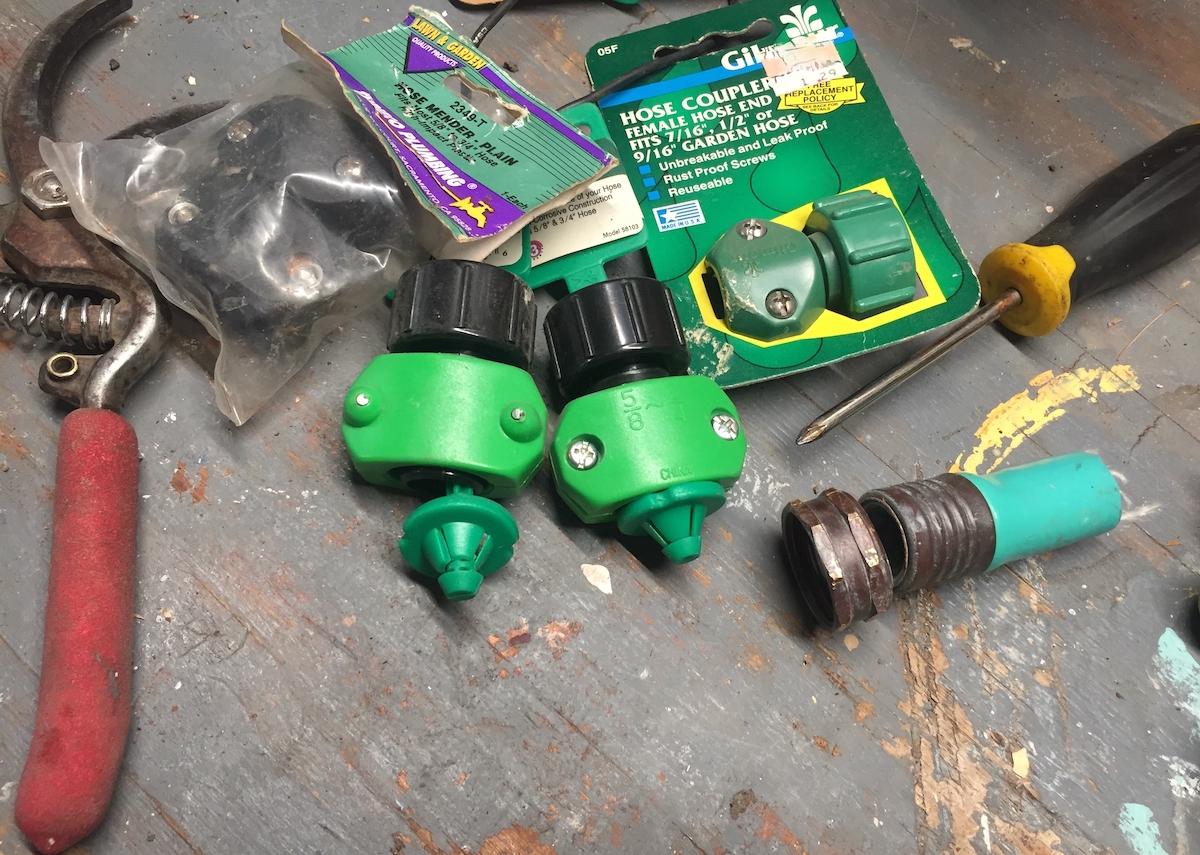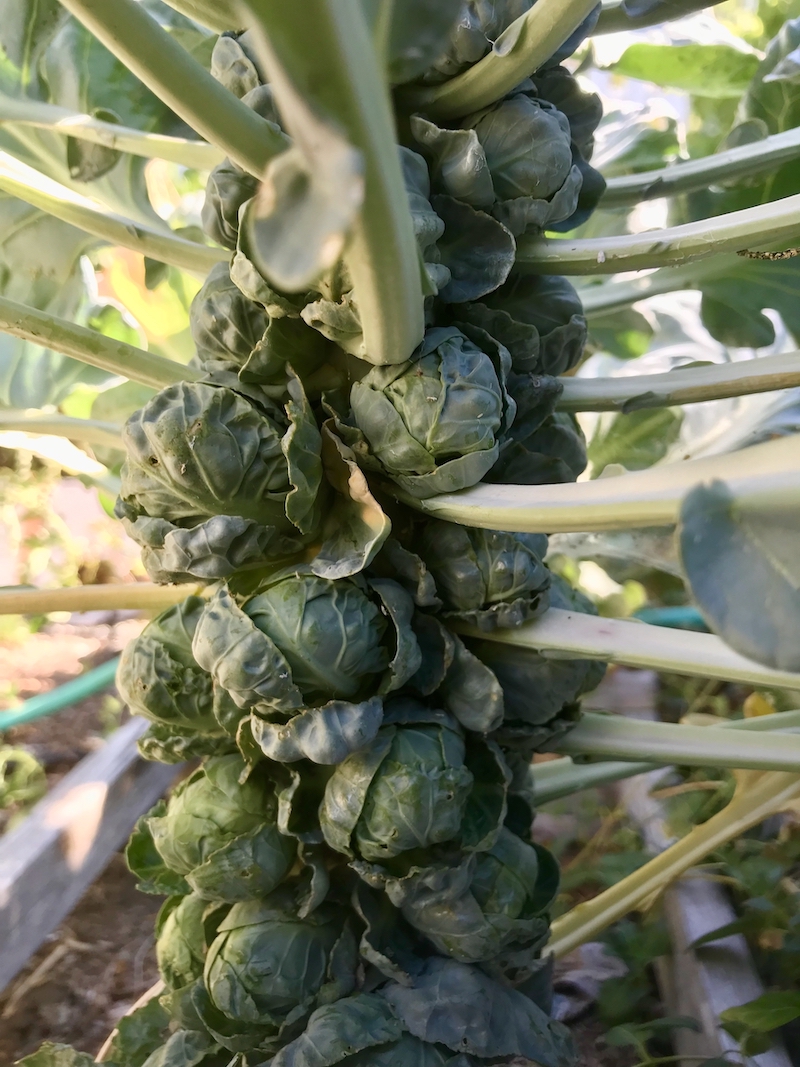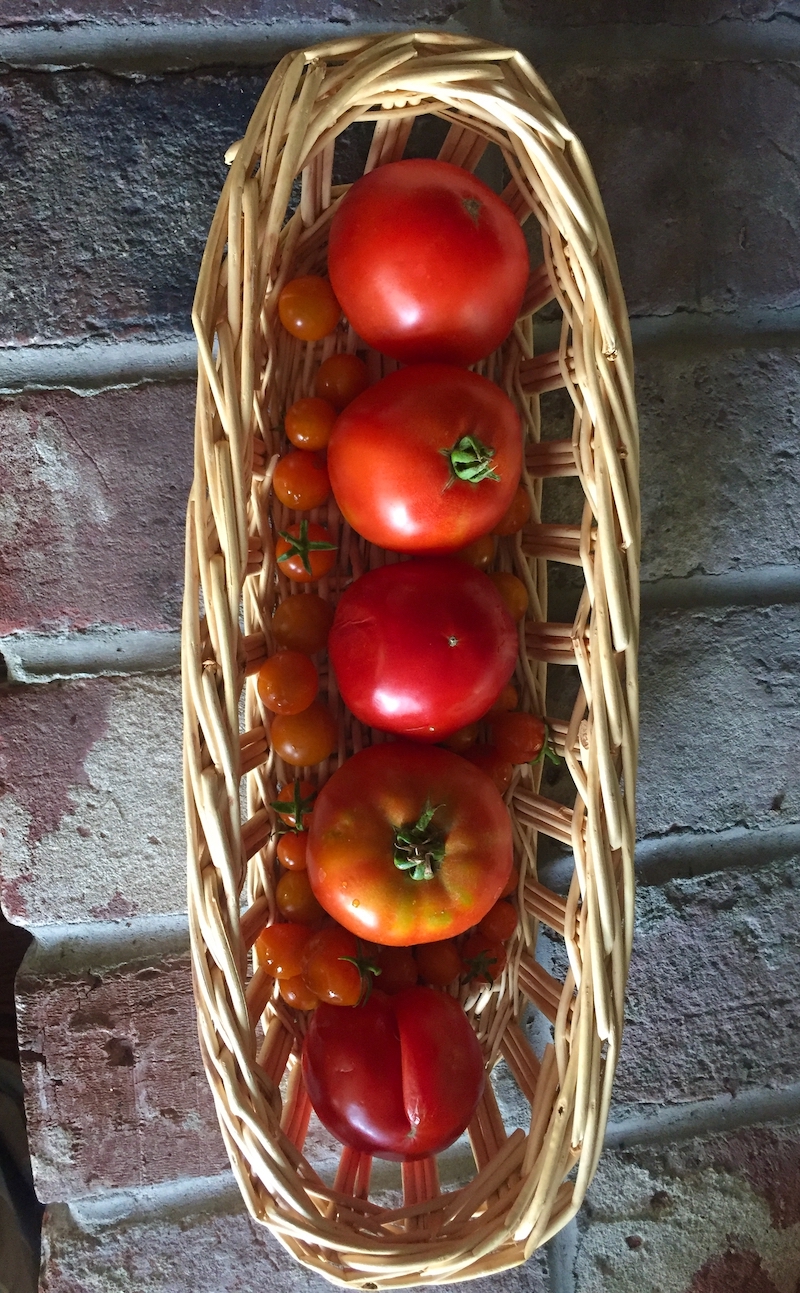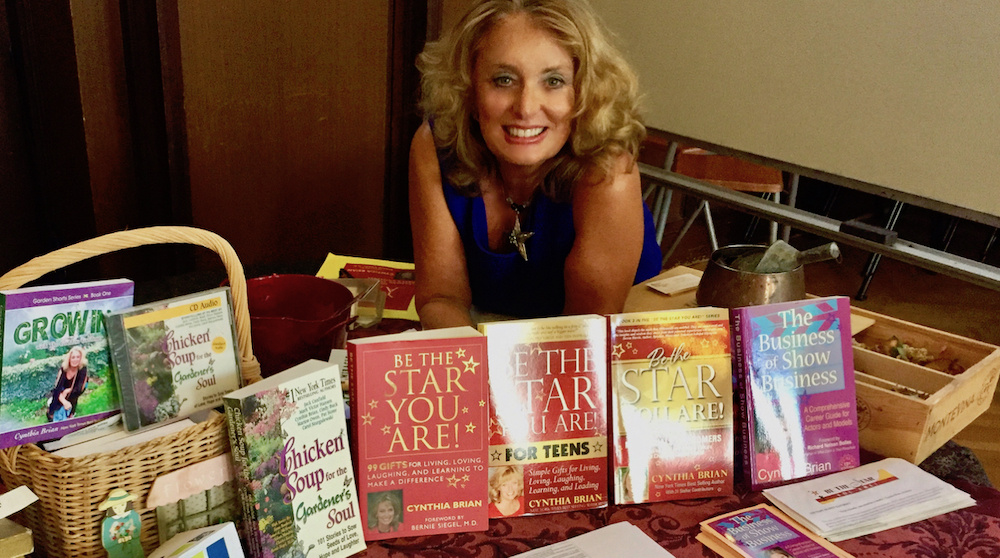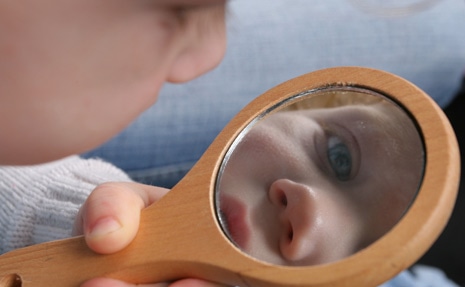“Tickle it with a hoe and it will laugh into a harvest.” English Saying
Every September I think about two major garden projects that transpire throughout the autumn season: harvesting and bulb buying.
Fall boasts a spectacular bounty of pears, Asian pears, grapes, apples, tomatoes, tangerines, blackberries, walnuts, kiwis, and more. The last of the peaches and nectarines are being picked while festivals celebrating the end of the fruit and vegetable collections transpire throughout the next two months across the United States.
We also kick off fall by thinking about what bulbs we’ll want to plant for spring. Alliums, daffodils, tulips, crocus, hyacinths, iris, snowdrops, muscari, and fritillaria top the lists of many gardeners.
Let’s get started on this month’s workload!
Fruit and Vegetables
What do we do with all the produce that is harvested? Besides eating your fruits and veggies fresh and raw, autumn is a plum time for canning, freezing, pickling, and drying the season’s extra yield to enjoy during the winter months when “fresh-picked” is not possible. Use a dehydrator to dry apples, peaches, tomatoes, and pears. Put grapes into an ice-cube tray, add water, and make grape cubes that are pretty and delicious in drinks. After cooling, freeze batches of various fruit sauces that have simmered in a pot with a dash of salt, sugar, honey, and/or vinegar. For canning and pickling, check online sources for simple recipes and make sure to follow the safety requirements. Making jams, jellies, pies, and chutneys is easy and fun, especially when you involve the kids. Next to Christmas, harvest time was always a favorite family experience when I was growing up.
Although my vegetable garden did not return the abundance I had anticipated for the year, my fruit trees overcompensated. I’ve been slicing crunchy apples into salads, sauces, compotes, soups, and making crumbles, pies, and crisps. Peaches or nectarines with fresh cream is one of my favorite breakfast treats. For a refreshing and invigorating weekend cocktail that I call Sunday Sensation, try this beautiful and delicious combination. It can be made with or without alcohol.
Sunday Sensation
In a clear pitcher, muddle cut pieces of peach and nectarine. Add slices of an orange, tangerine, and Meyer lemon. Stir in a shot glass of Campari or Aperol for an alcohol infused drink, add ice cubes, and top with sparkling wine or Champagne. For a virgin sensation, use a cup of orange juice topped with sparkling water or apple cider. Garnish with sprigs of basil and mint leaves.
Yummy!
While you are enjoying your Sunday Sensation, it’s time to contemplate the bulbs and rhizomes you’ll plant this fall for a spring showcase. Bulbs can be planted mid to late fall in a sunny location with well-drained soil. Daffodils can be planted anytime and anywhere. They are especially great in areas where deer roam as the deer are repelled by them. There are so many varieties of tulips for early, mid-season, and late blooming that it may be best to peruse bulb catalogs to get an idea of the specimens that speak to you. All tulips will need six weeks of refrigeration before planting so it is doubly critical that you decide on what to buy now. For rock gardens and borders, you may be thrilled by Water Lily tulips that naturalize when left undisturbed. When you want exotic-looking tulips, consider the flamboyant Parrot or Peony flowering tulips. If you want to force flowering, single or double early tulips are the most well-known as well as Species and Triumph tulips.
Forcing How-to:
Plant bulbs in well-draining pots in October, place them in the dark for 12-14 weeks while chilling at 35-45 degrees Fahrenheit. Gradually move pots to filtered sunlight to allow sprouting and acclimation. Water as needed.
Ponder the Pollinators:
Happy bees stay in our gardens helping nature thrive. By planting bulbs in colors most attractive to the bees––blue, purple, white, and yellow––fresh food is provided for them after winter when they need it most. The best bulbs for bees are allium, anemone, camassia, corydalis, crocus, fritillaria, Galanthus, hyacinths, muscari, tulips, and scilla.
Best Way to Plant Large Quantities:
Most people plant bulbs in groups of five to seven spaced six inches apart and buried four to five inches deep. However, if you want to create a bold and beautiful impact with large swatches of color, try trenching. You can mix bulbs or use one variety or one species.
Dig a long five-inch deep (or whatever depth the bulb packaging indicates) trench wherever you want to make your floral statement. It can be straight or made into a circle or pattern. Add soil amendments if your ground is clay and hard. Arrange a minimum of a hundred bulbs with the pointy side up. Cover area with soil and mulch. Water, wait, and WOW!
After blooms fade in the spring, cut the flower stalks to allow the bulbs to conserve energy for the next year while the foliage continues to flourish.
Hose Repair:
Every time I or my siblings telephoned my Mom during a summer or fall day, the first words out of her mouth were “I’m busy. I’m pulling hoses.” That line became a code sentence for us whenever we were doing manual labor that others may not think was important, but what was critical to us. This past summer, to save water by not turning on my irrigation system, I found myself pulling actual hoses daily. By spot watering, I was able to water deeply and accurately, but it was arduous work pulling those heavy hoses. Several tore or broke during the process and I mended them, giving them new life. I have always repaired frayed or cut hoses and figured everyone repaired theirs when necessary. But then I saw a couple of hoses in the recycle bin area of a client’s yard with new hoses sitting next to the front faucets. They didn’t realize that hoses are easily repaired with inexpensive parts. If your hose is damaged, head to the hardware store to buy either a female or male coupling. If your hose is broken in the middle, you can buy a connector. Cut off the damaged hose part with a shear or sharp knife. Use a Philipps screwdriver to open the connector. Push the new female or male plug into the hose and tighten the connector with the screwdriver. Test the hose. It will be good as new. I tend to use more female couplings than males, so I always buy extras.
Tickle your garden with a hoe and you’ll have a great harvest. Come visit me at the Pear and Wine Festival in Moraga at the Be the Star You Are!® charity booth on September 25th and pick up some free goodies. Laugh on!
MARK YOUR CALENDARS!
Saturday, September 25th, Be the Star You Are!® will participate in the first live event at the Pear and Wine Festival with a booth sponsored by the Lamorinda Weekly(www.Lamorindaweekly.com) and MB Jessee painting (www.MBJessee.com). Wear your mask and visit us! Details at https://www.bethestaryouare.org/copy-of-events
Happy Gardening. Happy Growing.
Photos and more: https://www.lamorindaweekly.com/archive/issue1515/Digging-Deep-with-Goddess-Gardener-Cynthia-Brian.html
Cynthia Brian, The Goddess Gardener, is available for hire to help you prepare for your spring garden. Raised in the vineyards of Napa County, Cynthia is a New York Times best-selling author, actor, radio personality, speaker, media and writing coach as well as the Founder and Executive Director of Be the Star You Are!® 501 c3. Tune into Cynthia’s StarStyle® Radio Broadcast at www.StarStyleRadio.com.
Buy copies of her books, including, Chicken Soup for the Gardener’s Soul, Growing with the Goddess Gardener, and Be the Star You Are! www.cynthiabrian.com/online-store. Receive a FREE inspirational music DVD and special savings.
Hire Cynthia for writing projects, garden consults, and inspirational lectures.
Cynthia@GoddessGardener.com


